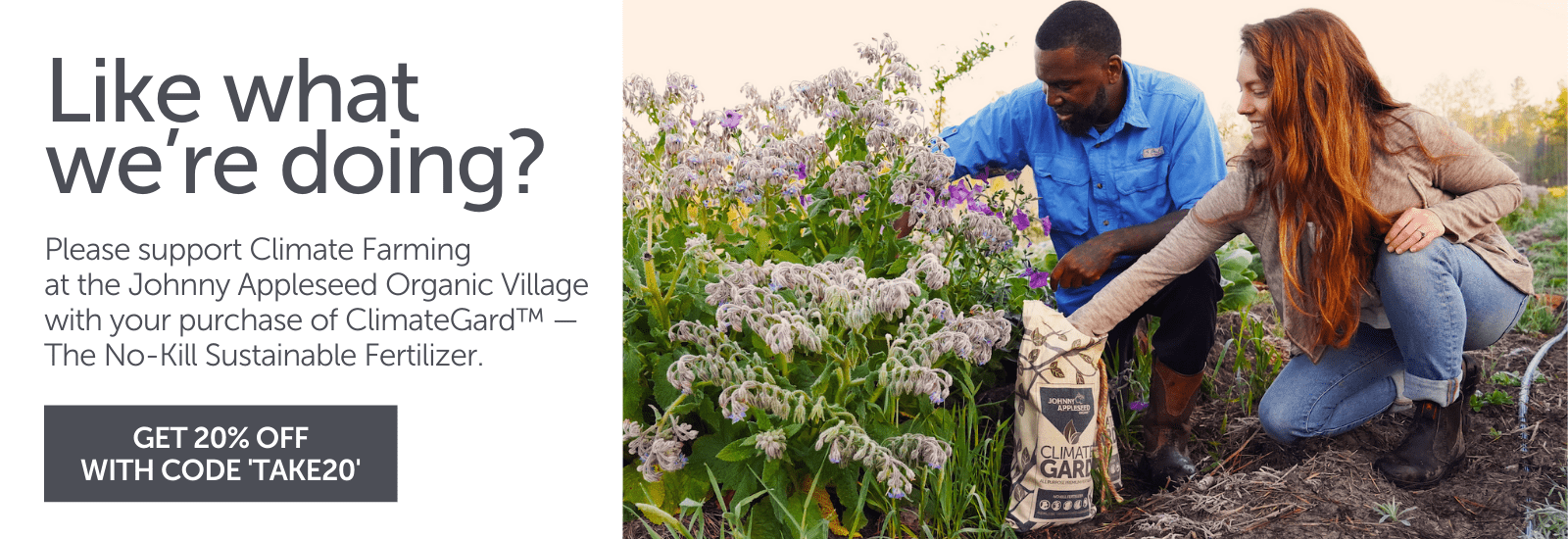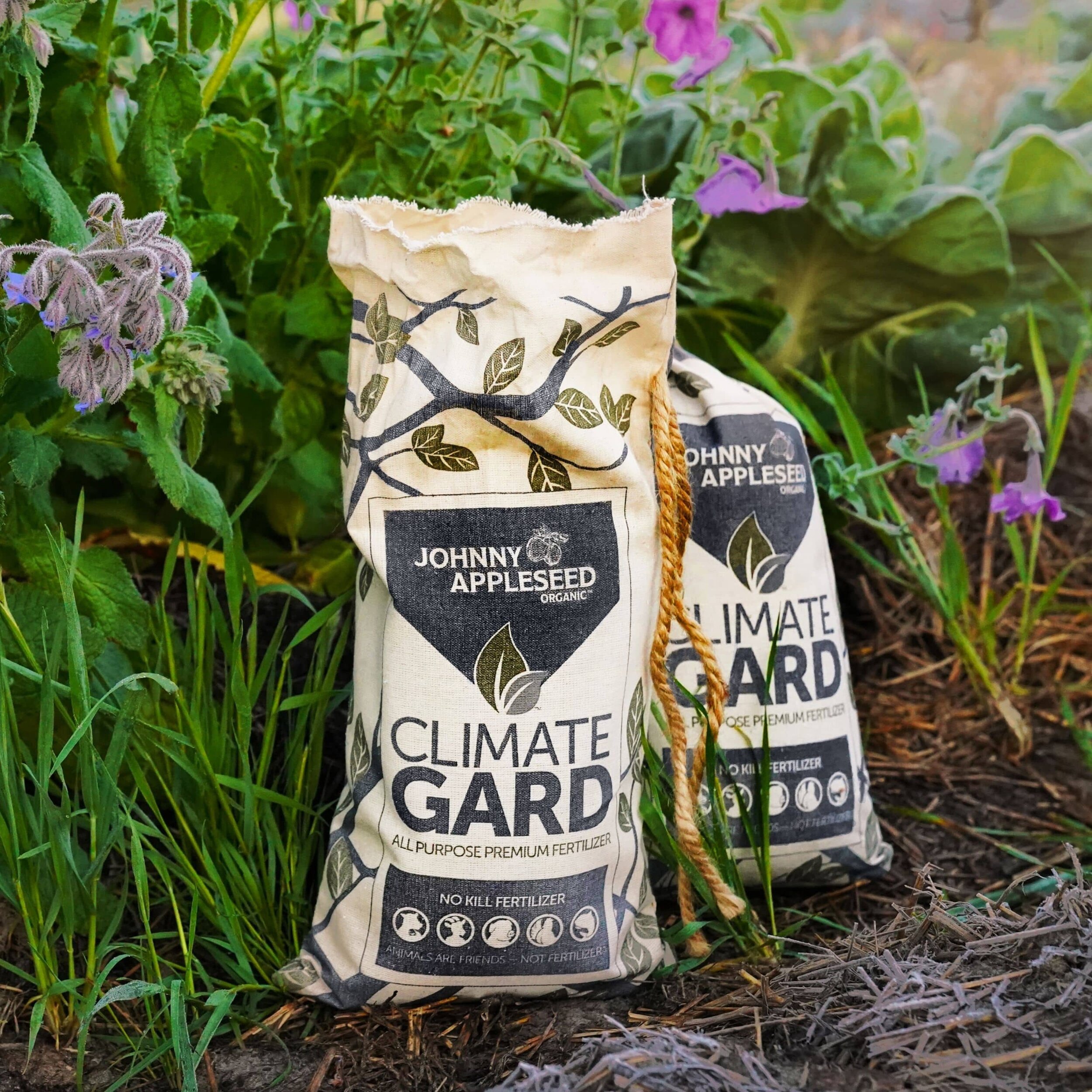Building a Climate Cabin | Part 7 | Plumbing, Electricity and Insulation
By Mikael Maynard
We recently installed the plumbing, electricity and insulation in the Climate Cabin, and the one thing each of these elements has in common is that we put an ecologically-friendly spin on a more traditional approach!
Plumbing
Access to running water is a crucial component to every dwelling. In the Climate Cabin, we have four access points: the kitchen sink, shower, bathroom sink and a hot and cold spigot outside. Each of these is hooked up to our hot water heater.
You may be wondering, “What about your toilet?” Well, that is one major part of a typical plumbing job that we have done drastically different than the norm. Instead of using a regular toilet that is connected to the sewage system, we have decided to use a composting toilet created by Green Loo, an Australian-based company that manufactures waste management systems which use no water for flushing.
The purpose of this device is explained beautifully on their website: to “...conserve precious water resources and keep effluent and pollutants out of waterways and the ecosystem. The savings on your water bill are an added bonus — and waterless toilets can, in fact, be an elegant addition to a modern bathroom.”
We will dive deeper into the green loo and how we plan to manage our waste once it is installed.
Another cool aspect of our plumbing is that we will be filtering all of our grey water through an on-site reed bed. All of the water used at the Climate Cabin will have a second life in our garden, helping us grow nutritious fruits and vegetables. Joshua is in the process of designing the reed bed system now, so stay tuned for a future blog where we go over in detail how he installs it!
Aside from the composting toilet and reed bed system, the plumbing infrastructure for the Climate Cabin is made of typical PVC. We did choose to consolidate the plumbing to just one side of the house to limit cost and use of materials.
As for the plumbing fixtures, the shower and kitchen faucet were purchased from an Etsy store, primarily because I wanted to support an artist as opposed to purchasing a mass-produced faucet from Lowes or Home Depot. The bathroom faucet was purchased locally on Facebook Marketplace, so it is being repurposed in the Climate Cabin as opposed to being thrown into a landfill.
Electricity
Like the rest of the Johnny Appleseed Organic Village, the Climate Cabin will be entirely solar-powered thanks to our partnership with the Okefenokee Rural Electric Membership Corporations Cooperative Solar Program.
Their site explains how their solar program works:
“OREMC has two 100 kW solar fields (Kingsland and Hilliard offices) and a 1.86 MW solar site on Highway 82 in Glynn County, Georgia. With Cooperative Solar you get to choose the right amount of solar energy you want to subscribe to from OREMC. Blocks of solar energy are billed monthly and produce approximately 120-200 kWh per month. The electricity delivered to your home through the power grid is calculated, and the solar energy generated from your share of the total capacity will be credited back to you.”
With that being said, we know that there are pros and cons to using solar energy.
Pro: “Almost 70 percent of electrical power in the U.S. came from fossil fuels like coal, natural gas and petroleum as of 2010. Burning these substances releases chemicals into the atmosphere, including greenhouse gases that drive climate change, and toxic chemicals like mercury and arsenic. In contrast, solar power produces little to no emissions, because it does not use chemical fuels. As electricity from solar farms supplants energy from coal plants, they reduce overall chemical output into the environment.”
Con: “Cadmium telluride (CdTe) and copper indium gallium deselenide (CIGS) are not available at retail establishments. These are highly specialized substances used to manufacture solar cells. In addition, they are finite and the use of rare earth minerals is controversial, even if the goals are not. Given the longevity of solar panels, this might not appear to be a concern. Nevertheless, while sunlight is renewable, these elements are not.”
The list of pros and cons could keep going, but the bottom line is that the technology available for harnessing the sun's energy has a lot of room for improvement. We look forward to supporting and incorporating those changes as they develop.
Insulation
Next up, let’s talk about the Climate Cabin’s insulation — wool! Specifically, sheep’s wool ordered from a company called Havelock Wool.
Their website lists a host of reasons why wool insulation is preferable to traditional fiberglass insulation:
Wool filters the air and improves indoor air quality. The amino acids in wool irreversibly bond with formaldehyde, NOₓ and SO2 on a molecular level.
Moisture and mold exist in walls. Wool absorbs and adsorbs it against 65% relative humidity.
Natural keratin prevents the spread of mold and mildew.
Wool exceeds other forms of insulation as an acoustic buffer.
Wool batts meet the industry standard for thermal conductivity at 3.6 per inch; loose-fill outperforms at 4.3 per inch.
Wool will not support a flame below 1100F and conforms to Class A of the ASTM E84 test.
Wool insulation is entirely renewable and sustainable.
Inherent characteristics allow the durability of wool to exceed other forms of insulation.
Natural characteristics make wool insulation devoid of harmful chemicals, which can off-gas.
Blow-in and batts are installed like other mediums but with no protection required.
Another thing that makes wool an environmentally-friendly building material is its recyclability. At the end of its useful life, it can easily be composted, and its energy returned to the earth.
We also care deeply about how the sheep who provide the wool are treated. Havelock sources its wool primarily from New Zealand because they have some of the world’s strictest animal welfare rules. This made the decision to use wool insulation for the Climate Cabin a no-brainer!
Conclusion
That’s it for today’s update! If you have any questions, comments or concerns, please don't hesitate to reach out! Otherwise, catch you next time!
Sign up for Newsletter
Follow Us on Social
Cutting-edge microbiology
No kill formula
Superior plant nutrition derived from the most ethical, sustainable sources available.
Produces the same results as conventional fertilizers without the negative environmental impacts.
Each ClimateGard pellet is infused with micronutrients, silicon, humic acid and a high-performance blend of living bacteria and fungi.
Delivered in an environmentally friendly organic cotton bag with a compostable inner liner.
Will continue to enrich your soil long after application.
$39.95 for 7.5 pound bag | $69.95 for 15 pound bag.





